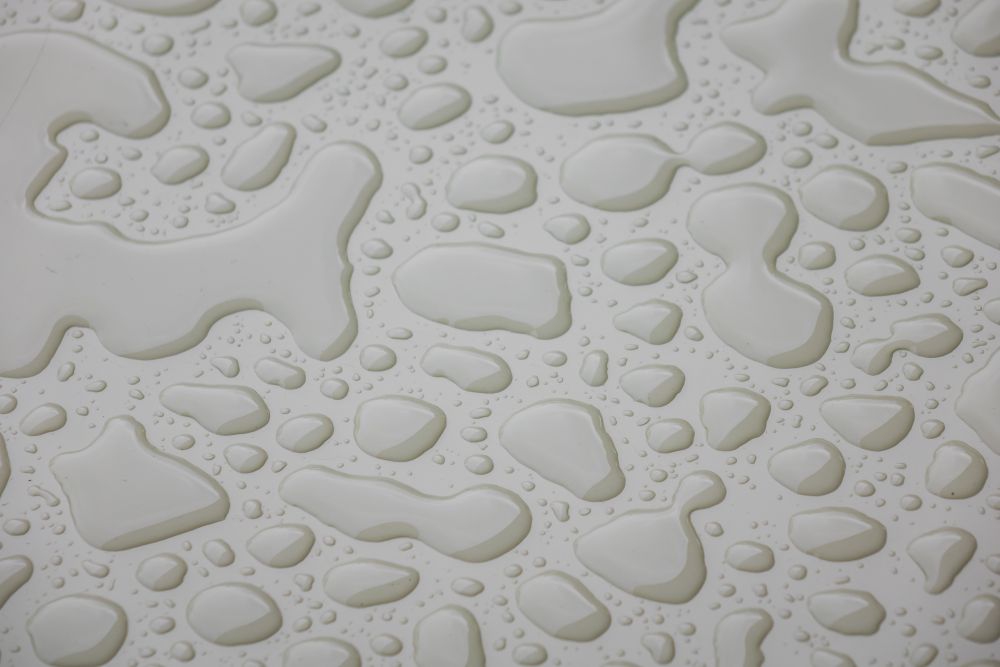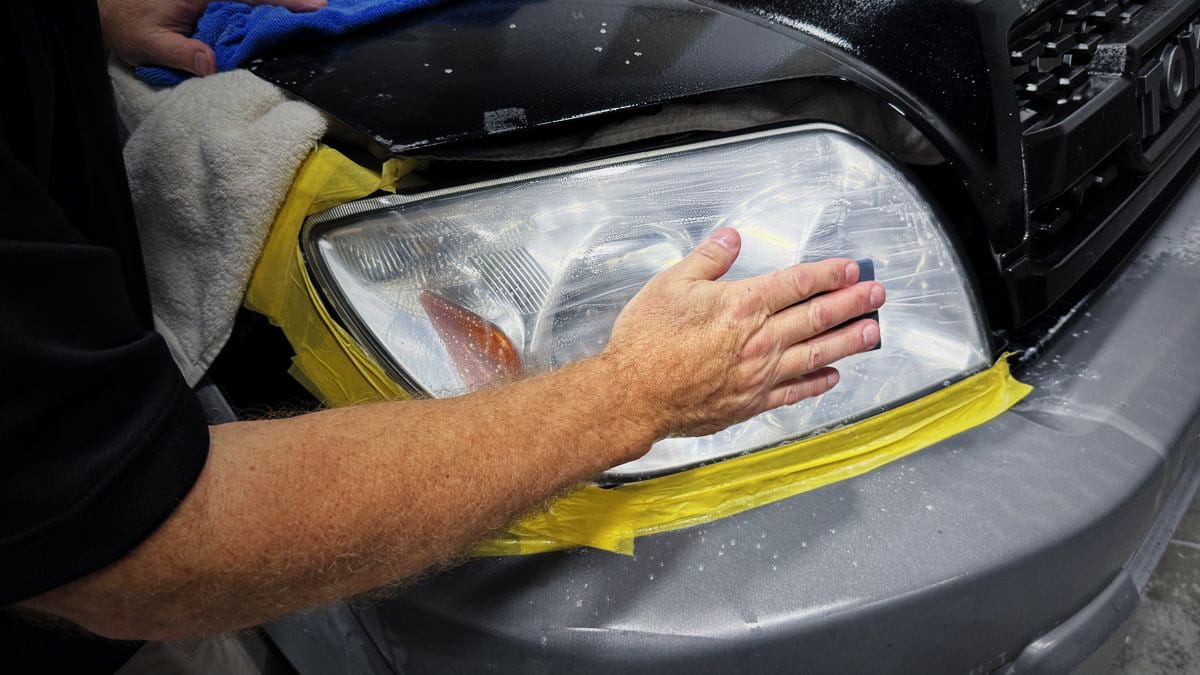Effective Tips on How to Remove Sap From Car Quickly
Tree sap on your car's paint can be frustrating, but removing it doesn't have to be complicated. Experienced car detailing providers recommend starting with a thorough wash using quality car soap to tackle fresh sap spots. For more stubborn residue, simple solutions like rubbing alcohol, cooking oil, or a baking soda paste work remarkably well. Commercial sap removers offer another option, though testing on a hidden spot first prevents any paint compatibility issues. When dealing with particularly tough sap, a hairdryer on low heat can soften the residue for easier removal. Finishing with a proper polish creates a protective barrier that keeps your vehicle looking pristine and helps prevent future buildup.
Preparing Your Car for Sap Removal
Getting your car ready for sap removal requires gathering the right materials and making sure the surface is clean and dry. Pick a quality car wash soap that won't harm your paint. Use a microfiber cloth or sponge to thoroughly wash the affected area, clearing away any dirt or debris that might hinder the removal of the sap. Dry the surface completely with a clean, soft towel before moving forward. Look closely at the area to find all the sap spots since they're not always easy to spot at first. Taking the time to prep the surface properly makes the entire sap removal process smoother and delivers better results.
Using Household Items for Sap Removal
Common household items can dissolve and lift sticky sap residue without damaging your car's paint. Put a small amount of rubbing alcohol on a clean cloth and gently rub the sap spots. The alcohol breaks down the sap and makes it easier to wipe away. Cooking oil works just as well for this job. Apply a few drops onto the sap, wait a few minutes, then wipe it away with a clean cloth. For sap that won't budge, mix baking soda with water to make a paste, apply it to the spot, and gently scrub with a soft cloth. These simple household solutions get rid of sap while keeping your car's finish safe.
Trying Commercial Sap Removers
Commercial sap removers offer a reliable way to tackle stubborn sap residue on your car's surface. These products break down sap without harming your vehicle's paint. When picking a commercial sap remover, look for one that's safe for all vehicle finishes and simple to apply. Read the manufacturer's instructions carefully, and test the product on a small, hidden area first to check compatibility. Apply the sap remover onto a microfiber cloth or applicator pad, then gently rub it onto the affected spot. Let the remover sit for the recommended time before wiping it off. Repeat if needed until all the sap disappears, leaving your car looking spotless.
Utilizing Heat for Stubborn Sap
Applying heat to stubborn sap spots loosens and removes the sticky residue from your car's surface. A hairdryer on a low heat setting works well for this method. Hold the hairdryer a few inches away from the sap spot and keep it moving around continuously. The gentle warmth softens the sap and makes it easier to wipe away. Avoid using high heat since it could damage your car's paint. Once the sap softens, use a clean microfiber cloth to gently wipe it off. Repeat the process if needed, keeping the heat at a safe level to protect your car's surface.
Polishing and Protecting Your Car
Polishing your car removes minor imperfections like swirl marks and light scratches while creating a smooth, glossy surface that repels contaminants like sap. Start by washing your car thoroughly to clear away any dirt or debris that could cause scratches during polishing. Choose a quality polish that matches your car's paint type and apply it using a clean microfiber cloth or polishing pad. Work in small sections, using circular motions to spread the polish evenly. Once the polish dries, buff it off with a separate clean microfiber cloth to reveal a brilliant finish that looks fantastic and provides a protective barrier against sap and other environmental hazards.
Preventing Future Sap Build-Up
Preventing future sap buildup on your car's surface means regularly applying a protective wax or sealant designed to repel contaminants like sap. These products create a barrier that makes it harder for sap to stick to your car's paint, making removal much easier down the road. When selecting a wax or sealant, choose those with advanced polymer technology since they offer better protection against environmental elements. Parking your car in shaded areas or using a car cover helps minimize exposure to sap-laden trees. Wash your car regularly, too, since accumulated dirt and debris can attract and hold sap. By incorporating these preventive measures into your car care routine, you'll maintain a pristine exterior free of stubborn sap spots.
Related Topics:





